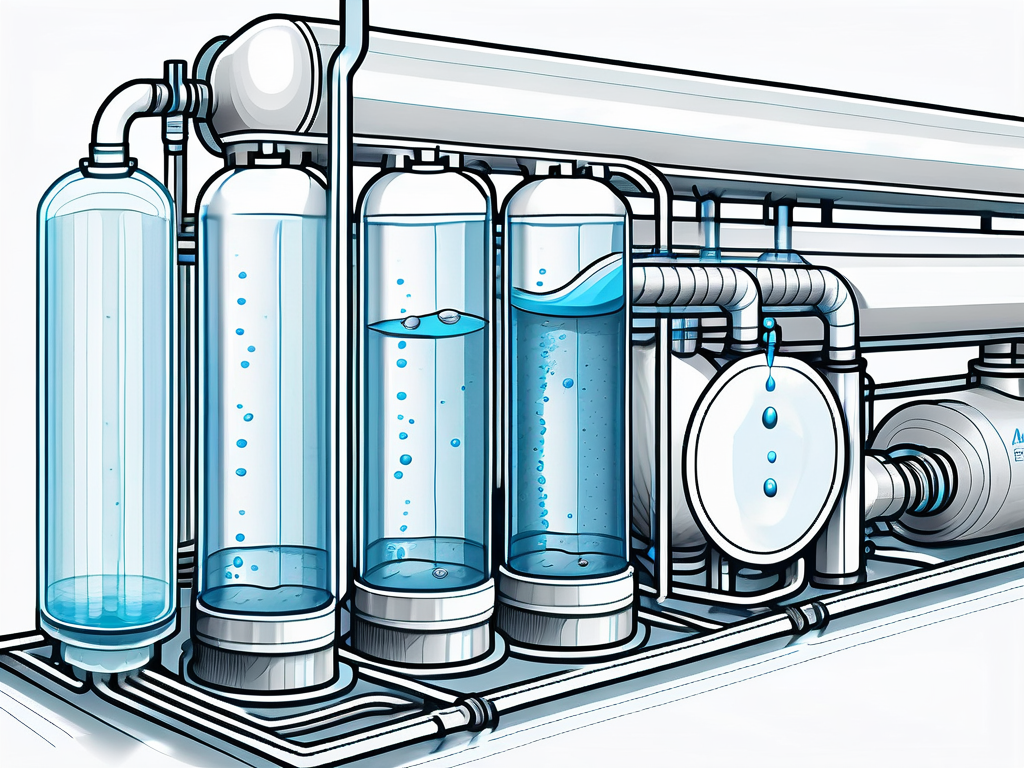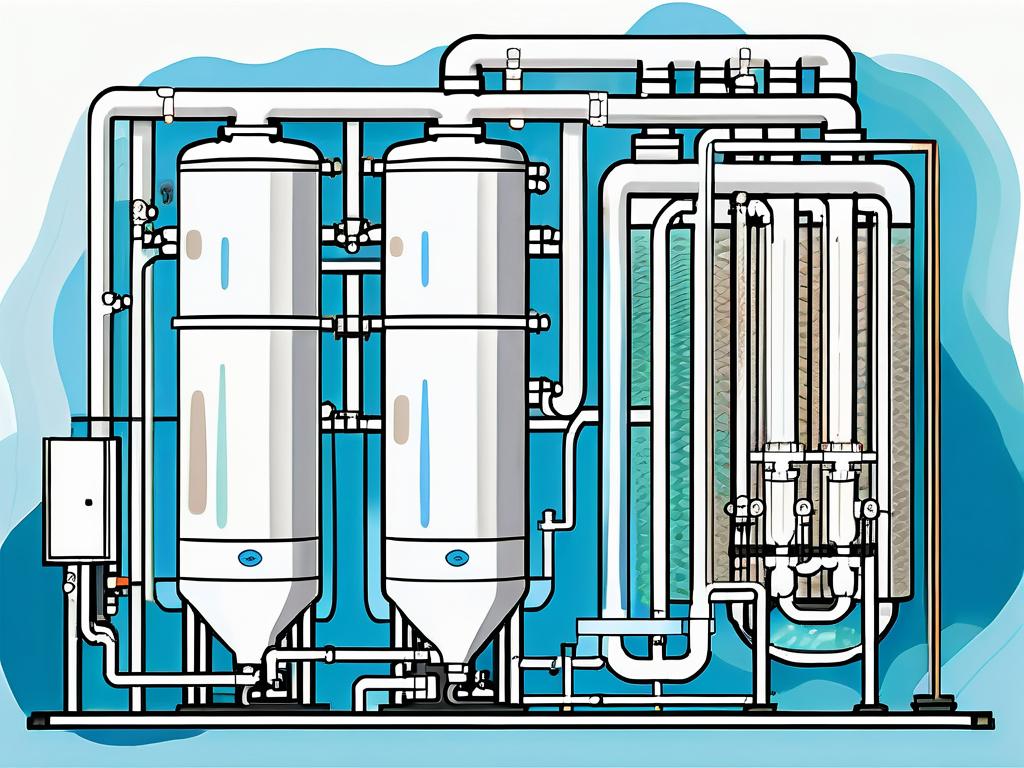
Reverse Osmosis Membrane: Wastewater Treatment Explained
In the realm of wastewater treatment, one of the most crucial components is the Reverse Osmosis (RO) Membrane. This technology, which is at the heart of the RO process, is responsible for the removal of a wide variety of contaminants from water, ensuring its safety and suitability for reuse. This article will delve into the intricate details of the RO membrane, its operation, its role in wastewater treatment, and much more.
Understanding the RO membrane and its function is not just important for those in the water treatment industry, but also for anyone interested in water conservation, environmental protection, and public health. By the end of this article, you will have gained a comprehensive understanding of this vital technology and its role in safeguarding our water resources.
What is a Reverse Osmosis Membrane?
The Reverse Osmosis membrane is a semi-permeable barrier that allows certain substances to pass through while blocking others. It is the key component in the RO process, which is used to purify water by removing dissolved solids, bacteria, viruses, and other contaminants.

The membrane's semi-permeable nature means that it allows water molecules to pass through, but blocks larger molecules and ions. This selective permeability is what makes the RO process so effective at purifying water.
Types of RO Membranes
There are several types of RO membranes, each with its own characteristics and applications. The most common types include Thin Film Composite (TFC) membranes, Cellulose Triacetate (CTA) membranes, and Polyamide (PA) membranes.
TFC membranes are the most widely used due to their high rejection rates and durability. CTA membranes, on the other hand, are known for their chlorine tolerance, while PA membranes are popular for their high flux rates.
Structure of an RO Membrane
An RO membrane is composed of several layers, each with a specific function. The most important layer is the thin-film composite, which is responsible for the actual filtration process. This layer is typically made of polyamide and is only a few micrometers thick.
Surrounding the thin-film composite layer are several other layers that provide structural support and protect the membrane from damage. These include a polysulfone layer, a micro-porous support layer, and a non-woven fabric support layer.
How Does a Reverse Osmosis Membrane Work?
The operation of an RO membrane is based on the principle of osmosis, a natural process in which water molecules move from an area of low solute concentration to an area of high solute concentration. In the RO process, however, this natural flow is reversed through the application of pressure.
When pressurized water is applied to one side of the RO membrane, water molecules are forced through the membrane, while larger molecules and ions are left behind. The result is purified water on one side of the membrane and a concentrated brine solution on the other.
Stages of the RO Process
The RO process typically involves several stages, including pre-treatment, the RO process itself, and post-treatment. The pre-treatment stage is designed to protect the RO membrane from damage by removing larger particles and reducing the concentration of substances that can cause scaling or fouling.
The RO process stage involves the actual filtration of the water through the RO membrane. Finally, the post-treatment stage adjusts the pH and disinfects the water to ensure its safety for use.
Factors Affecting RO Membrane Performance
Several factors can affect the performance of an RO membrane, including water pressure, temperature, pH, and the concentration of solutes in the water. For example, higher water pressure and lower solute concentrations can increase the rate of water filtration.
On the other hand, high temperatures and extreme pH values can damage the RO membrane and reduce its lifespan. Therefore, it's crucial to monitor and control these factors to ensure optimal membrane performance and longevity.
Role of the RO Membrane in Wastewater Treatment
The RO membrane plays a crucial role in wastewater treatment by removing a wide variety of contaminants, including dissolved solids, bacteria, viruses, heavy metals, and certain organic compounds. This makes it possible to reuse wastewater for various purposes, such as irrigation, industrial processes, and even potable water supply.

Moreover, by removing these contaminants, the RO process helps to protect the environment and public health. For example, it prevents the release of harmful substances into water bodies, reduces the demand for freshwater resources, and helps to prevent waterborne diseases.
Applications of RO in Wastewater Treatment
The RO process is used in a wide range of wastewater treatment applications. These include municipal wastewater treatment, industrial wastewater treatment, and the treatment of brackish and seawater.
In municipal wastewater treatment, the RO process is often used to produce reclaimed water for non-potable uses, such as irrigation and industrial cooling. In industrial wastewater treatment, the RO process is used to remove specific contaminants and to recycle water for reuse in the industrial process.
Challenges and Solutions in Using RO for Wastewater Treatment
While the RO process is highly effective at treating wastewater, it also presents several challenges. These include membrane fouling, scaling, and the disposal of the concentrated brine solution produced during the process.
However, these challenges can be addressed through various strategies, such as regular membrane cleaning, the use of anti-scalants, and the development of methods for brine disposal or reuse. With proper management and maintenance, the RO process can be a sustainable and effective solution for wastewater treatment.
Conclusion
The Reverse Osmosis membrane is a vital component in wastewater treatment, playing a crucial role in the removal of contaminants and the production of clean, reusable water. Understanding its operation, its role in wastewater treatment, and the challenges it presents is key to harnessing its potential and contributing to water conservation and environmental protection.
As we continue to face the challenges of water scarcity and pollution, technologies like the RO membrane will become increasingly important. By understanding and addressing the challenges associated with these technologies, we can ensure their effective and sustainable use for the benefit of our planet and future generations.



